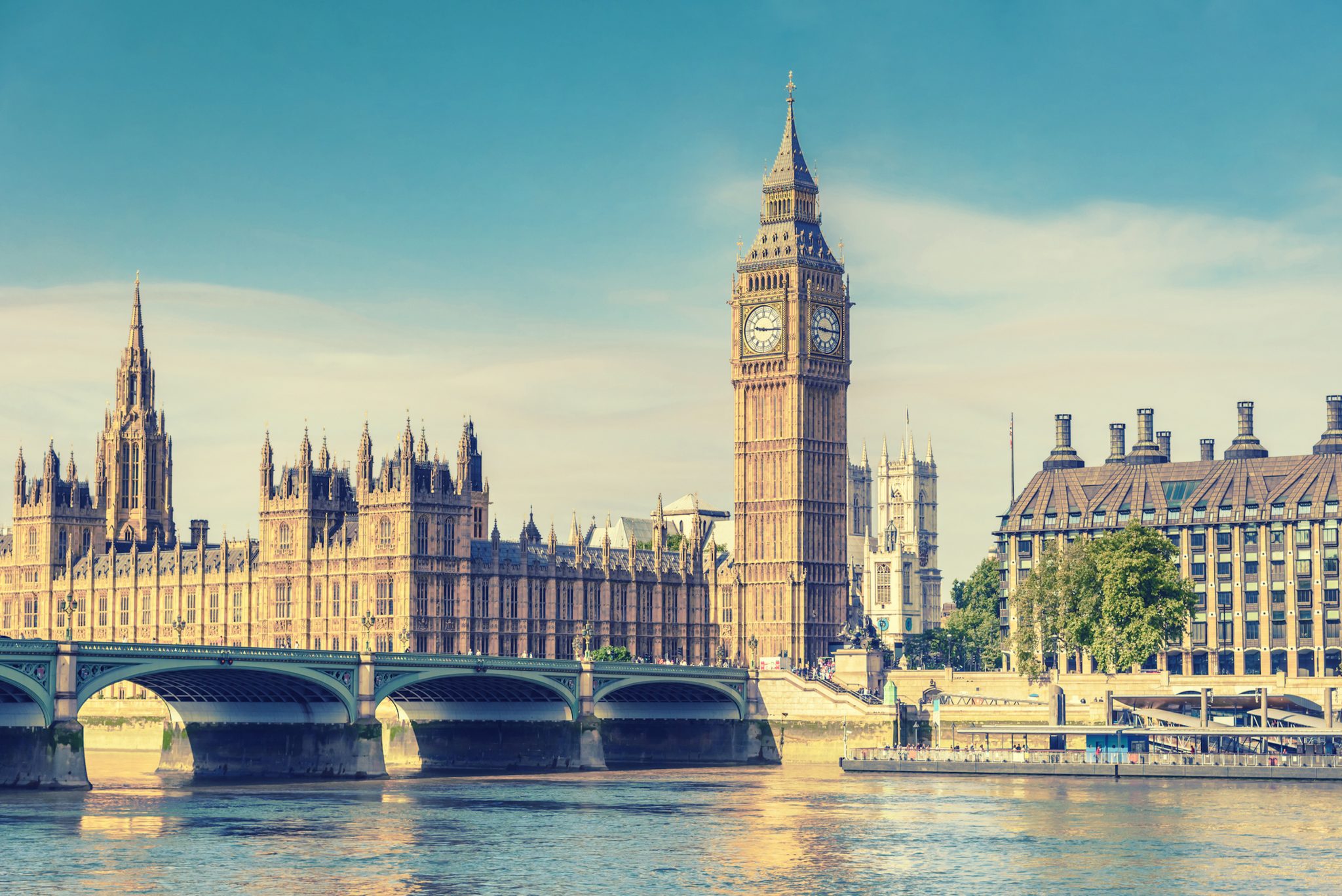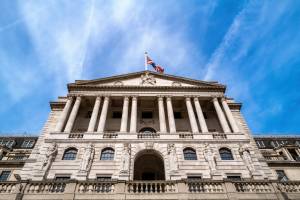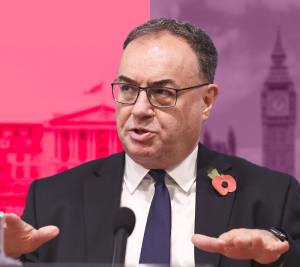After a hard-fought, public battle between the UK political parties, the Conservatives have failed to secure a majority in the election, in an embarrassing result for Theresa May. The Conservatives want to form a minority government with the Democratic Unionist Party.
Despite not winning a majority, the Conservatives are still the largest party with 318 seats. But Theresa May faces serious questions after losing 13 seats, and the Conservative majority won by David Cameron in 2015.
Labour won 33 seats after a surge of popularity for Jeremy Corbyn, but the total 262 seats still represents a loss similar to when Gordon Brown lost in 2010. Labour won 229 seats in the 2015 election¹.
Theresa May wants to build a “government of certainty” with the pro-Brexit Democratic Unionist Party. The Irish party won 10 seats, which will help take the Conservatives above the 326 threshold needed to form a working majority. It’s thought the two parties will reach an agreement over the DUP lending their support to the Conservatives on a vote-by-vote basis.
In an election with a 68.7% turnout², said to be the best since 1997, the Liberal Democrats gained three seats, the SNP lost 19 including Alex Salmond and Angus Robertson, and the UK Independence Party lost its single member of Parliament.
Hung Parliament
Hung Parliaments aren’t as common as recent history would have us believe; it’s only the third since the Second World War. Before 2010, when a coalition between the Conservatives and the Liberal Democrats was formed, the last hung Parliament was in 1974.
The Conservative’s 1974 leader, Edward Heath, led every poll in the run up to the election, but Labour came away with 300 seats to the Tory’s 297, after a surge in popularity for the Liberal Democrats.
Not only did the Conservatives lead the polls throughout the 2017 snap election campaign – although by how much depends on the poll you read – but they had a 21-point head-start when Theresa May first called the snap election in April. This was just three weeks after starting the countdown on Brexit negotiations by triggering Article 50.
It looked like it would be an easy, landslide win.
If it seems too good to be true, it usually is. As campaigning played out, the Labour party clawed its way back to make a big enough dent in the Conservative vote.
If Theresa May stays, which it seems like she will, the next question will be whether the she can garner support from another party to secure a Conservative-led working majority. Heath was unable to back in 1974 and Labour went on to form a minority government – even if it did last just seven months before the next election.
What happens now?
Talks will already be underway to form a government as quickly as possible, in order to reduce uncertainty and temper this reaction on the markets. But we can’t escape uncertainty.
The clock is already ticking on Brexit negotiations and the EU wants to kick off talks again on the 19 June. Despite being under fire, Theresa May met with the Queen to discuss forming a government with the DUP at 12:30pm on Friday.
But the UK may still find its hands tied at the negotiating table. Not only is Theresa May going to the table with a weaker mandate, but the EU may see the hung Parliament as a sign the UK is tearing itself apart over Brexit, which could strengthen its hand.
The union doesn’t want the UK to leave, and especially doesn’t want other countries to take inspiration. They may be hoping that if they make it too hard for us, we may just walk away.
Although Theresa May sold the election as a vote on Brexit, the conversation quickly derailed and developed into one full of the traditional and colourful party policies. The key manifesto promises included policies tackling the NHS, policing, education, the looming pensions crisis and homelessness.
And instead of reacting to Brexit factors, markets had been at the whim of party promises throughout the campaign. Sterling initially strengthened against the dollar from around $1.28 to a high of over $1.3, although this had unwound to $1.9 in the final days before Brits went to the polls.
Market reaction
All eyes will be on sterling as the markets digest the news and adjust their portfolios to reflect more uncertainty on the horizon.
Sterling has fallen 1.5% against the dollar in response to the hung Parliament on Friday morning, although this is more muted than its reaction to the UK’s Brexit referendum.
There is now more uncertainty, but the markets may take comfort with the prospect of an alternative to the “hard” Brexit May has been trying to sell to Britain and the EU. Sterling could lift on the idea of a “softer” Brexit, whatever that might mean.
They key questions the market will want answers to quickly are:
- Who will form the government?
- How stable and united will this government be?
- What will be its Brexit policy?
- What will this mean for the economy?
Uncertainty usually brings volatility on the markets, so it’s best not to keep all your assets in one investment, or one geography. Instead, a globally diverse portfolio can help weather any UK storms. After all, the global impact of this volatility has been limited for now, so you may be able to smooth out any short-term losses with gains from elsewhere.
1 Current state of the parties, Parliament.com
2 Election turnout: Labour win most seats where voters increased more than 5%





